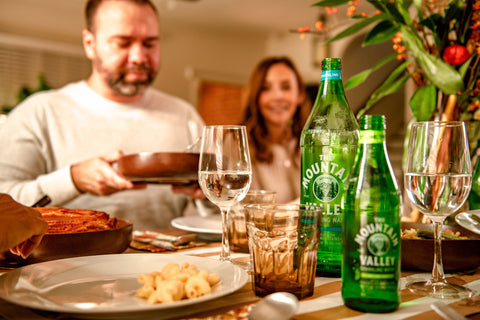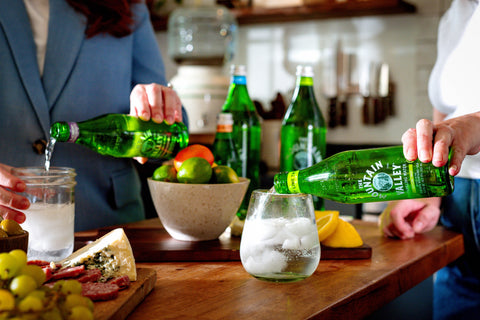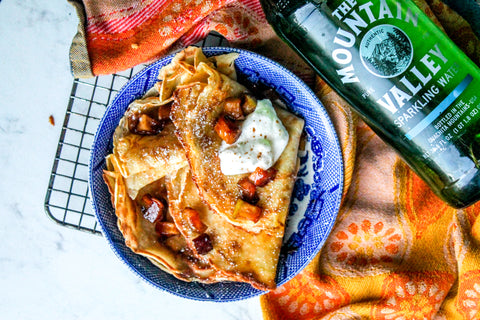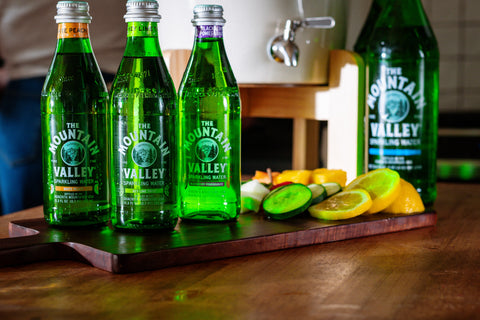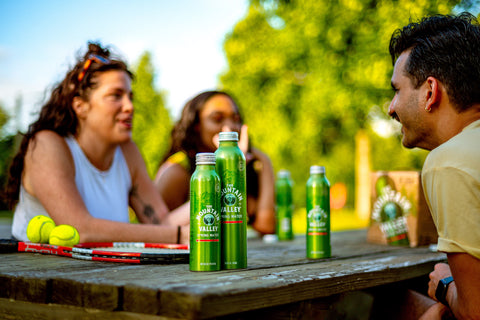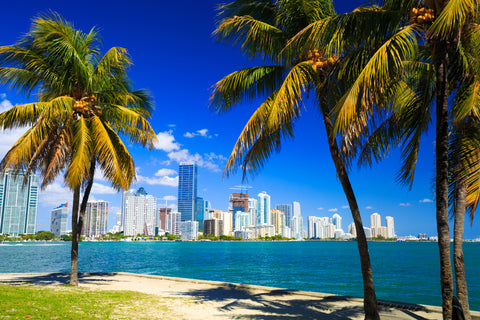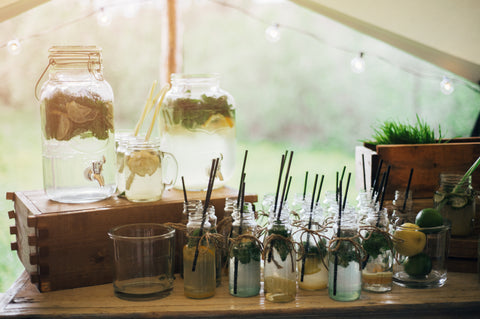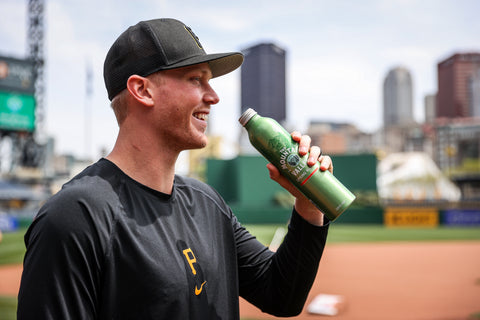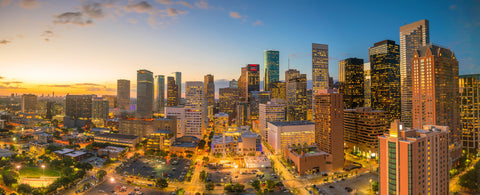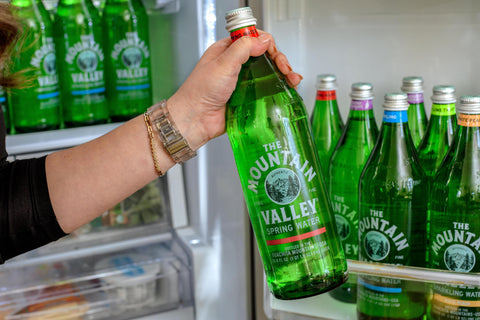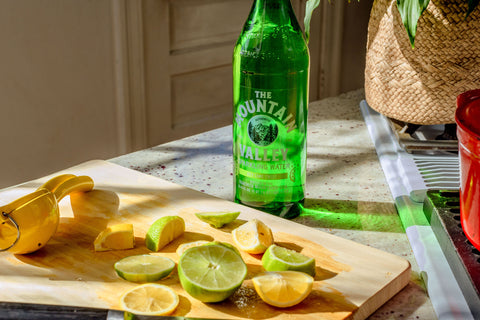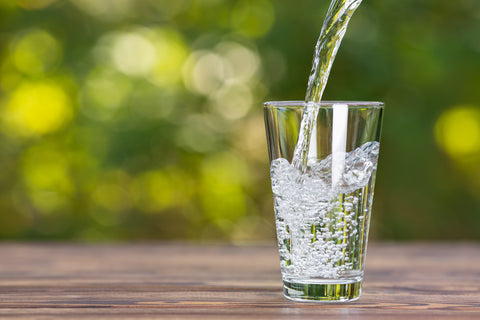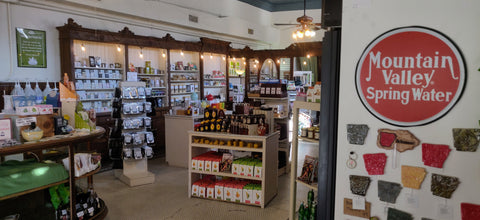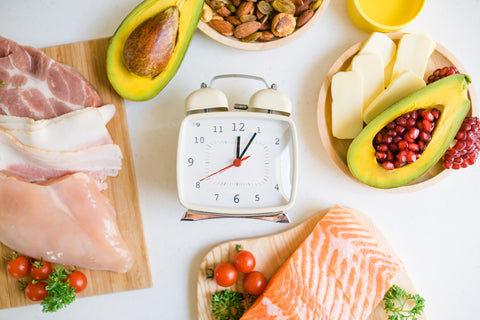
Sparkling water has bubbled its way into our refrigerators, our tumblers, our lives. Crisp and effervescent, sparkling water is the water many of us turn to when we want a fizzy kick of pure refreshment. But sparkling water isn’t quite the same thing as water … is it?
Water — as in still, uncarbonated water — is the holy grail of hydration. Water is purely natural and purely refreshing. When it’s purely sourced Mountain Valley Spring Water, it’s award-winningly delicious, too. Water is what our bodies are made of, and it’s what our bodies need to function properly. On this, the science is clear.
But what about sparkling water?
Those millions of tiny, fizzy, nose-tickling bubbles raise so many questions: Is sparkling water as hydrating as water? Is sparkling water as good for the body as water? Do those little bubbles make sparkling water different from still water? Is that difference good or bad?
The great news is that these questions have answers. The even better news is the science behind sparkling water is abundant and clear: Yes, sparkling water is as hydrating as water. Yes, sparkling water is good for you.

Sparkling water vs. still water: The basics
What exactly is the difference between sparkling water and still water? The answer is as simple as it seems — all those itsy-bitsy bubbles.
Sparkling water is carbonated. That means it’s infused under pressure with carbon dioxide gas. For this to happen, pressure is key. Pressure allows the carbon dioxide to effectively be trapped in the H2O. When you look at an unopened bottle of carbonated water, it looks more or less like regular still water. But when you open that bottle and release that pressure, all those millions of captured carbon dioxide bubbles spring to life, giving sparkling water its signature liveliness.
Water can be carbonated naturally. This occurs in springs located near volcanic activity, places where volcanic gasses become trapped in the water and infuse it with natural carbonation. Most sparkling water, however, is carbonated using machines. This allows for set levels of carbonation to be achieved, creating sparkling waters that are pleasantly fizzy and thoroughly drinkable.

Sparkling water vs. club soda vs. seltzer vs. tonic
“Sparkling water” has become an umbrella term for most any fizzy water. Sparkling water could be carbonated tap water, carbonated well water or, if you’re drinking Mountain Valley Sparkling Water, carbonated spring water sourced directly from our protected, all-natural spring in the verdant heart of the Ouachita Mountains of the Southern U.S.
Not all sparkling waters are created equal.
Here’s a breakdown:
- Club soda: Water that’s carbonated through the injection of carbon-dioxide gas and flavor-enhanced with added minerals such as sodium chloride, potassium sulfate, sodium bicarbonate, and/or disodium phosphate.
- Seltzer: Similar to club soda, seltzer is also injected with CO2 to make it bubbly. However, seltzer doesn’t have added minerals, meaning the natural flavor of the water is more likely to come through.
- Sparkling mineral water: Water that comes from a spring or well with natural carbonation and naturally occurring mineral content; some extra carbonation may be added.
- Tonic water: Also artificially carbonated, tonic water has added minerals including quinine, which gives tonic its signature bitterness. Tonic water also has added sugars or sweeteners to balance its bitter taste.
When choosing a healthful sparkling water, look for those with no additives and little or no sodium, such as Mountain Valley Sparkling Water. Also be on the lookout for sugars and sweeteners, which can make a “seltzer” more like a soda pop and less like purely hydrating water.

For the best flavored sparkling waters, look for those with all-natural ingredients, zero calories and zero sweeteners, such as Mountain Valley’s award-winning Sparkling Essence Collection. We craft our Sparkling Essence spring waters with a delightful fizz and just a hint of natural flavoring. The Mountain Valley Sparkling Essence lineup includes Sparkling White Peach, Sparkling Key Lime Twist and Sparkling Blackberry Pomegranate.
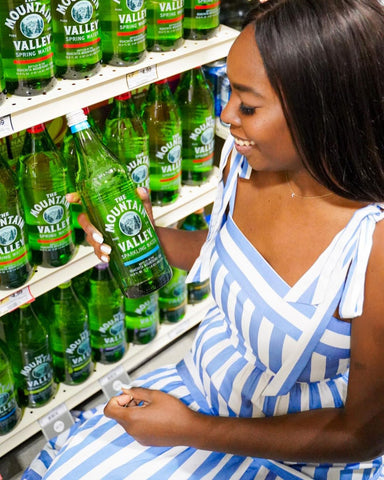
Is sparkling water good for you?
We know what sparkling water is — and what it isn’t. But is sparkling water GOOD for you and your health?
In short, yes. Nutritionists agree that sparkling water is just as hydrating as regular water. Don’t let all those glorious bubbles dancing across your tongue deter you. Just as still water does, sparkling water helps to keep our cells balanced, our joints lubricated, our organs functioning properly.
For those bored with still water, sparkling water can be especially beneficial. The fizz of sparkling water can make it more appealing and easier to drink. Sparkling water feels like soda, but unlike soda, it has no calories, no artificial colors and no sweeteners. It’s just pure, bubbly water.
Drinking adequate amounts of water each day, including sparkling water, helps prevent infections, deliver nutrients to cells, and can even improve sleep quality, cognition and mood.

Water that sparkles: Taste the sparkling difference of Mountain Valley
Yes, sparkling water IS good for you. Sparkling water offers all the hydration benefits of water, just with a few million bonus bubbles for loads of deliciously fizzy fun. And when it comes to water, sparkling or still, nothing beats Mountain Valley Spring Water.
For more than 150 years, Mountain Valley has bottled some of the most beloved and award-winning spring water in the United States. From U.S. presidents to hall-of-fame athletes, from actors to singers to the King of Rock and Roll himself, Mr. Elvis Presley, Mountain Valley’s legions of fans are, quite literally, legendary. As is our water.
Sourced from the same protected spring deep in the heart of the Ouachita Mountains of the Southern U.S., Mountain Valley’s whole lineup sparkles — in every sense of the word. For actual sparkle, check out Mountain Valley Sparkling Water or our Sparkling Essence flavored sparkling waters infused with all-natural hints of White Peach, Blackberry Pomegranate or refreshing Key Lime Twist.
You can find them at your local grocery store or, better yet, have them delivered to your home or office. Get started here.




